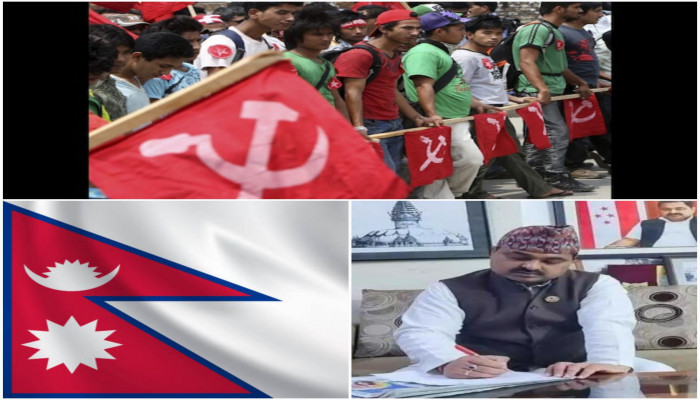Indian Intelligence sounds alarm on rapid demographic changes along the Nepal border
- In Reports
- 05:28 PM, Mar 31, 2025
- Myind Staff
Indian intelligence agencies are closely watching the demographic changes in Nepal, where the Muslim population has grown from 4.2% in 2001 to 5.09% in 2021, particularly after the monarchy was abolished. The Communist Party of Nepal (Maoist) played a key role in facilitating Muslim settlement by introducing legal measures, job quotas and funding for madrasas in 2015. Sources suggest that politicians have been exploiting the situation for political and financial gains, leading to a noticeable increase in the Muslim population near the Indo-Nepal border. The rapid rise of madrasas and mosques in these areas has sparked demographic shifts and heightened security concerns.
Muslim migrants, like Rohingya refugees from Myanmar, have made Nepal their home as part of a broader settlement plan. Since the end of the monarchy, Muslim communities in cities like Nepalgunj have established various initiatives, including community radio stations, schools, and charities. Notably, in Kapilvastu district, Muslims make up 18% of the population, and Islamic influence is visibly present.
Over 400 mosques and Islamic schools have been built in the past decade near the Nepal-India border, particularly in Uttarakhand and Uttar Pradesh. For example, in Krishnanagar, several Islamic schools, including Darul Salaam, cater to students from both India and Nepal. Interestingly, reports suggest that Hindu symbols on homes in border villages are gradually substituted with Islamic symbols like 786.
The changing demographics have opened new routes for terrorism in India. The ISI has used Nepal as a channel to finance terror activities, especially in Jammu and Kashmir, with cash transfers carried out through local youth in 2021. Nepalese businessmen have played a role in transferring funds to contacts in India. Terror groups like the Indian Mujahideen, Lashkar-e-Taiba and Jaish-e-Mohammad have also used Nepal as a base, as highlighted in a 2019 report by the U.S. State Department.
Several districts, including Banke, Parsa, and Rautahat, have a high concentration of madrasas, nearly 4,000, mainly located near the border. Muslim communities in Banke (16%), Parsa (17%), and Rautahat (17.2%) form a significant portion of the local population. Prominent religious institutions in the region include Aisha Banaat Madrasa in Nepalgunj (Banke), Jama Masjid Rahmaniya in Bhairahawa (Rupandehi), and Shreepur Mosque Madrasa in Birgunj (Parsa).
Around 4,000 madrasas near the Indo-Nepal border are being closely examined for receiving foreign funds, mainly from Pakistan and Gulf nations. The open border between the two countries has made cross-border movement and the expansion of these institutions easier.
In Nepal’s Dang district, Muslim leaders hold significant influence over village councils and government programs, leading to a disproportionate allocation of benefits to Muslim residents. In the Garhwa region, 602 out of 839 recipients of government schemes are Muslims.







Comments